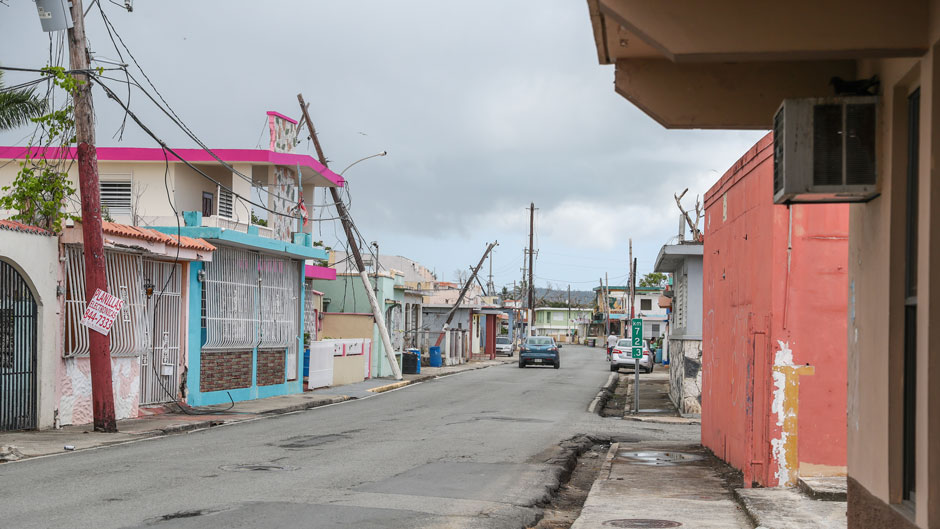When Hurricane Maria pummeled the island of Puerto Rico with Category 4 force winds in September 2017, it devastated the island, collapsed its power grid, and killed almost 3,000 people.
In the months following the storm, more than 150,000 Puerto Ricans left their homeland to settle in Central and South Florida, many of them harboring the tortured memories of their experiences with Maria.
Seth Schwartz, professor of public health sciences at the University of Miami Miller School of Medicine, has coauthored a study titled “Mental Health Impact of Hurricane Maria on Displaced Puerto Ricans living in Puerto Rico and Florida.”
Working with community partners in South Florida and the Orlando area—which has one of the largest population of Puerto Ricans in the country— Schwartz and his students culled information from 213 surveys and focus group responses last year in Central Florida, South Florida, and Puerto Rico. Some of the major results show:
- Overall, residents who left the island experienced higher rates of depression, anxiety, and post-traumatic symptom disorder (PTSD) than those who remained on the island. “Those who left the island lost everything, no house, no job, nothing there,” said Schwartz. “Having to make a move that they were not expecting had to be unsettling.” Others came because they had medical needs – such as dialysis – and had no choice but to migrate, he said.
- The Federal Emergency Management Agency (FEMA) did not respond appropriately to the disaster. Many displaced Puerto Ricans in Central Florida were provided temporary housing in motels that were isolated in areas with poor infrastructure and no public transportation. Many did not speak English and found securing jobs extremely difficult, said Schwartz.
- Schwartz also noted that federal officials assumed that the hurricane victims would return to the island after a few months. “Well, 95 percent of the people interviewed told us that they had no intention of going back home,” said Schwartz.
- Displaced Puerto Ricans in Central Florida did not receive the welcome they anticipated from established Puerto Ricans and thus did not integrate into the larger community as easily as they expected to, said Schwartz. By contrast, those who came to South Florida had already rebuilt their lives (moved into housing and started jobs) six to seven months later.
Of the Puerto Ricans in South and Central Florida surveyed by Schwartz and colleagues, 65.7 percent had experienced unwanted and upsetting memories of the storm, as compared with 32.7 percent of those on the island. Forty six percent of those in Florida had depressive symptoms as compared to 43.6 percent of those who stayed on the island.
Schwartz and his students were able to collect the data by partnering with community officials such as Luis De Rosa, president of the South Florida Puerto Rican Chamber of Commerce and Father Jose Rodriguez, rector of the Jesus de Nazaret Episcopal Church in Orlando, who was instrumental in setting up the focus groups for the study.
Schwartz believes that, although individual therapy could help many of the displaced residents heal their trauma, much more is needed. “This is not an individual problem, we need people to get stable help, housing, school for the kids,” he said.
Schwartz said the study showed that in the future there has to be a better response from FEMA and other government and state agencies to help displaced groups. He and his student researcher, Carolina Scaramutti, co-presented their findings at UM’s Institute for Advanced Study of the Americas last November.
Schwartz hopes to put together a future study to design community services for displaced Puerto Ricans and to design a toolkit to guide more organized and systematic disaster-migration responses in the future..
“These disasters are going to keep happening, and people will keep showing up to our state,” he said. “We have to find a better way to respond.”

